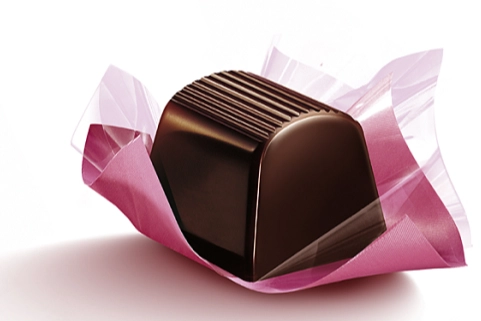Gisela 17 is a rootstock obtained from the cross between Prunus canescens × Prunus avium. It stands out for several unique characteristics: it has a semi-dwarfing growth habit, promotes early fruiting, and grafted varieties produce well-sized fruits.
Other advantages include minimal soil and climate requirements, good adaptation to poor soils, replanting resistance, and high tolerance to Prunus dwarf virus (PDV) and Prunus necrotic ring spot virus (PNRSV).
Particularly suitable for self-fertile cultivars, Gisela 17 can be a strategic choice for modern cherry orchards. To meet the growing demand for high-quality propagation material, the nursery sector is increasingly turning to in vitro propagation, which is more efficient than traditional vegetative methods.

In vitro propagation
Micropropagation allows for large-scale cloning of difficult-to-root rootstocks, such as Gisela 5 (Prunus cerasus × P. canescens), other Prunus spp. rootstocks, and the plum rootstock "Saint Julien" (Prunus domestica subsp. insititia).
Although numerous studies have been conducted on in vitro propagation of Gisela 5 and Gisela 12, no previous research has focused on Gisela 17.
The aim of this study, carried out in a commercial nursery in Aurangabad, India, was to develop a reliable in vitro culture and shoot proliferation protocol for Gisela 17.
Experimental protocol
Two types of explants were used: shoot apices (E1) and nodal segments (E2). The explants were carefully cleaned and rinsed under running water for one hour.
Then, they were treated with 2–3 drops of detergent for 10 minutes, rinsed again with water, and transferred to a laminar flow hood. Explants were subjected to five different sterilization protocols to determine the most effective method.
They were then cultured on two types of media: Murashige and Skoog (MS) and Woody Plant Medium (WPM), supplemented with different combinations of plant growth regulators (benzylaminopurine - BAP and indole-3-butyric acid - IBA).
Results and conclusions
The best results were obtained by treating shoot apices with 0.05% mercuric chloride (HgCl₂) for 5 minutes, followed by 70% ethanol for 10 seconds. This led to 75.33% asepsis and 80.33% plant survival.
For culture initiation, MS medium with BAP + IBA (1 + 0.01 mg/L) gave the highest success rate (83.33%). The highest proliferation rate (92%) was achieved on MS medium with BAP alone at 0.75 mg/L.
Nodal segments performed worse, with only 26.66% establishment and 68.66% proliferation on WPM medium.
This study is the first ever in vitro research conducted on Gisela 17, paving the way for the rapid production of healthy, virus-free propagation material—a breakthrough for cherry cultivation.
With a 92% proliferation rate, the developed protocol offers a solid foundation for propagation and genetic improvement of Gisela 17, especially in temperate regions.
Since traditional methods have not yet succeeded in producing replant- and virus-resistant material, this research marks an important step forward in reducing production time for nursery stock.
Source: Manzoor, I.; Bhat, K.M.; Mir, M.A.; Nair, N.M.; Pandit, A.H.; Kulsum, U.; Quadri, S.; Deshmukh, S.; Pasternak, T. The Optimization of In Vitro Culture Establishment and Shoot Proliferation of “GiSelA 17” (Prunus canescens × Prunus avium): A Novel Cherry Rootstock. Int. J. Plant Biol. 2025, 16, 33. https://doi.org/10.3390/ijpb16010033
Image source: SL Fruit Service
Melissa Venturi
University of Bologna (IT)
Cherry Times - All rights reserved













